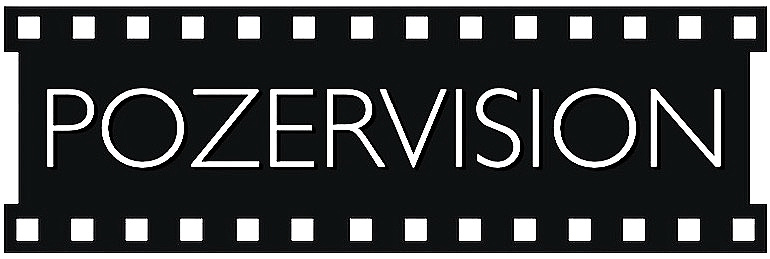Film production during the global pandemic has been re-invented for the health and safety of everyone in the filmmaking chain.
Major studios have rolled out strict set guidelines with comprehensive protocols adding to the bottom line for every budget. These new guidelines will likely be in place for most of 2021. So how does this impact student film production?
While high tuition fees impact the overriding financial costs for the student filmmaker, the evolving Covid-19 guidelines put more items on the budget and likely more days to the schedule. And these additional costs, production complications, and safety requirements that are now in place need to be effectively navigated, regardless of the budget or academic outlines.
These times require strong leadership.
Filmmaking during a global pandemic is not the time to be cutting corners or endangering yourself or others to ‘get the shot.’ Passions run high on film sets, but we must adjust to the times. The worst-case scenario of a misstep could be a serious illness or death.
Film schools have an obligation to provide a safe environment, in the classroom and on set. Student producers need to manage productions with the same responsibilities for health and safety as their professional industry counterparts, but it’s a challenge to effectively supervise student film shoots from an administrative perspective. So how can a school adapt and ensure that students are working safely?
Even the most ambitious student filmmakers start at the micro-budget level. If you happen to be making your first films in the midst of this raging pandemic, it’s important to understand that the cost for making ANY film - safely - has increased.
If you’re producing a film right now, you’re likely sourcing deals on hand sanitizer, disposable PPE items, and individually wrapped craft service goodies. These are some of the new and necessary costs for filmmaking in 2021.
There’s also a new pace to consider for single-camera production. If you haven’t noticed, everything during a pandemic seems to take more time. There are more steps in the filmmaking process: more precautions to observe, more emails to send, more hurdles to get over. It’s always been a challenge to make a good film. And it’s always required strong problem-solving sensibilities.
The first major studio productions that returned after the industry-wide shutdown adapted and made the necessary adjustments: moving locations outside, writing actors out of scenes, planning visual effects in order to solve staging challenges. Leadership and management were thorough, creative, and comprehensive.
However, the industry model is next to impossible to apply at the student level because of the infrastructure required. Industry protocols include crewmembers successfully completing online safety and guideline quizzes, daily online health check-ins, temperature checks upon arrival at work, and a covid unit to enforce guidelines for cast and crew.
Size matters. Small, innovative filmmaking teams, be they indie or student, are easier to manage and keep safe than large, or even mid-size, industry crews. Adhering to the posted guidelines, pre-thinking the problems, and making it happen - safe and sure - with an abundance of caution is viable. It’s demanding, for sure, but there is no other way to do it except with the full respect for everyone involved.
For student filmmakers, the simpler the better: two-actor scenes with good performances, great frames with memorable lighting, and a story that resonates with an audience. The fundamentals of good filmmaking haven’t changed, but the production process has.


